Inaugurated in Venice Venice Inclined Oval Staircase, the new permanent work by Carsten Höller that the public can walk through at Palazzo Diedo: it is an original project created for Berggruen Arts & Culture. This artwork, at once functional and permanent, was created by transforming an original unfinished 18th-century staircase into a spiral staircase, adorned with metal balusters, Vicenza marble and marmorino marble, all joined by metal frames.
Starting today, visitors will be able to use this staircase, which connects the second floor with the second piano nobile of Palazzo Diedo. The structure features a 5-degree slope, a barely perceptible slope but enough to create a sense of uncertainty, a peculiarity typical of the work of Höller, who is famous for some works such as the mushrooms at the Prada Foundation in Milan, which are also permanent works by the German artist.
The architectural firm Silvio Fassi, together with Maddalena Gallamini and Sebastiano Roveroni, oversaw the design and restoration of the 18th-century Palazzo Diedo. Noting the lack of an adequate connection between the two noble floors, they decided to renovate a volume added in the 19th century to complete the staircase, inspired by the Palladian staircases of the Rotonda in Vicenza and the Gallerie dell’Accademia in Venice. Höller’s design was born out of this need, introducing a dynamic and modern element into the historic building.
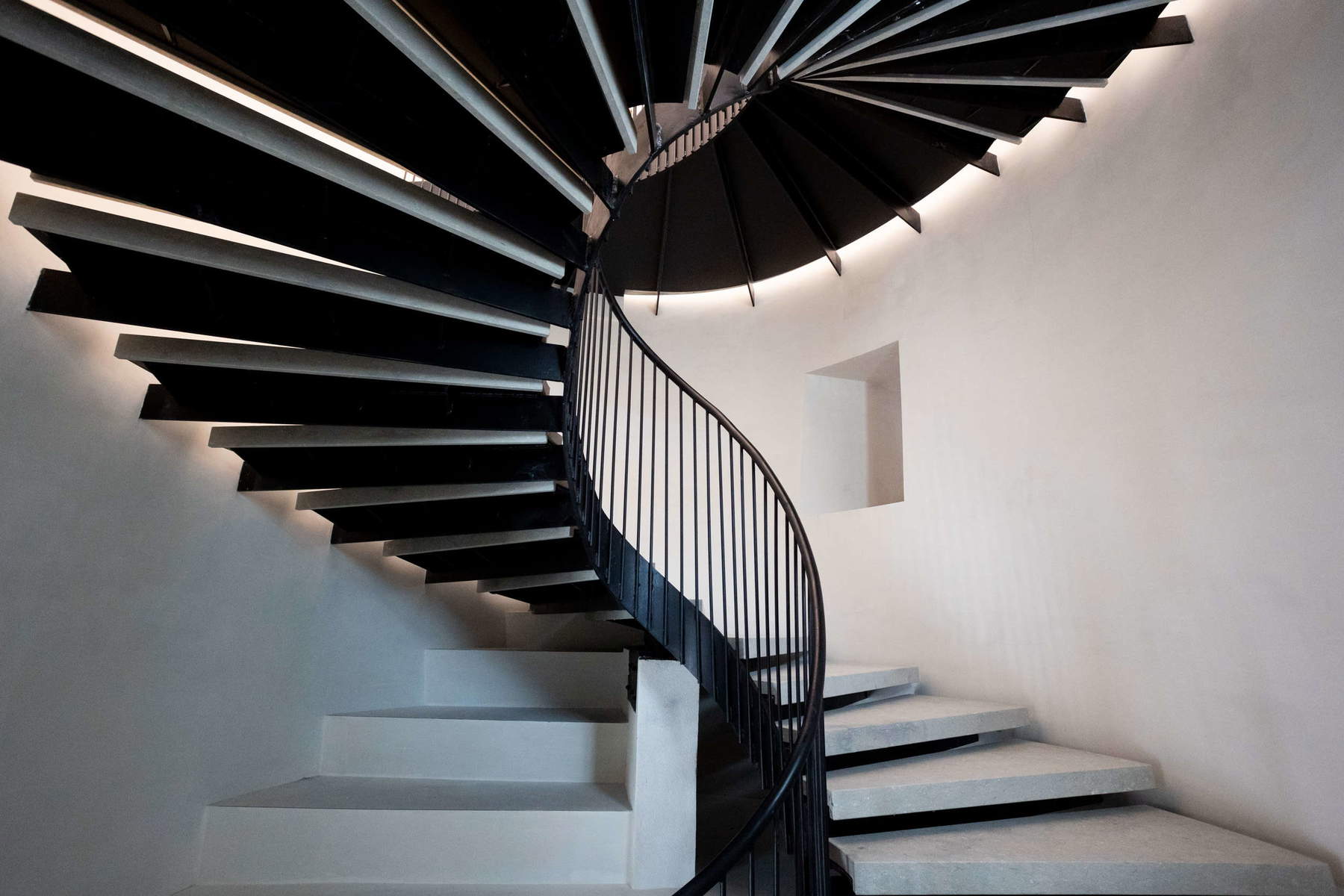
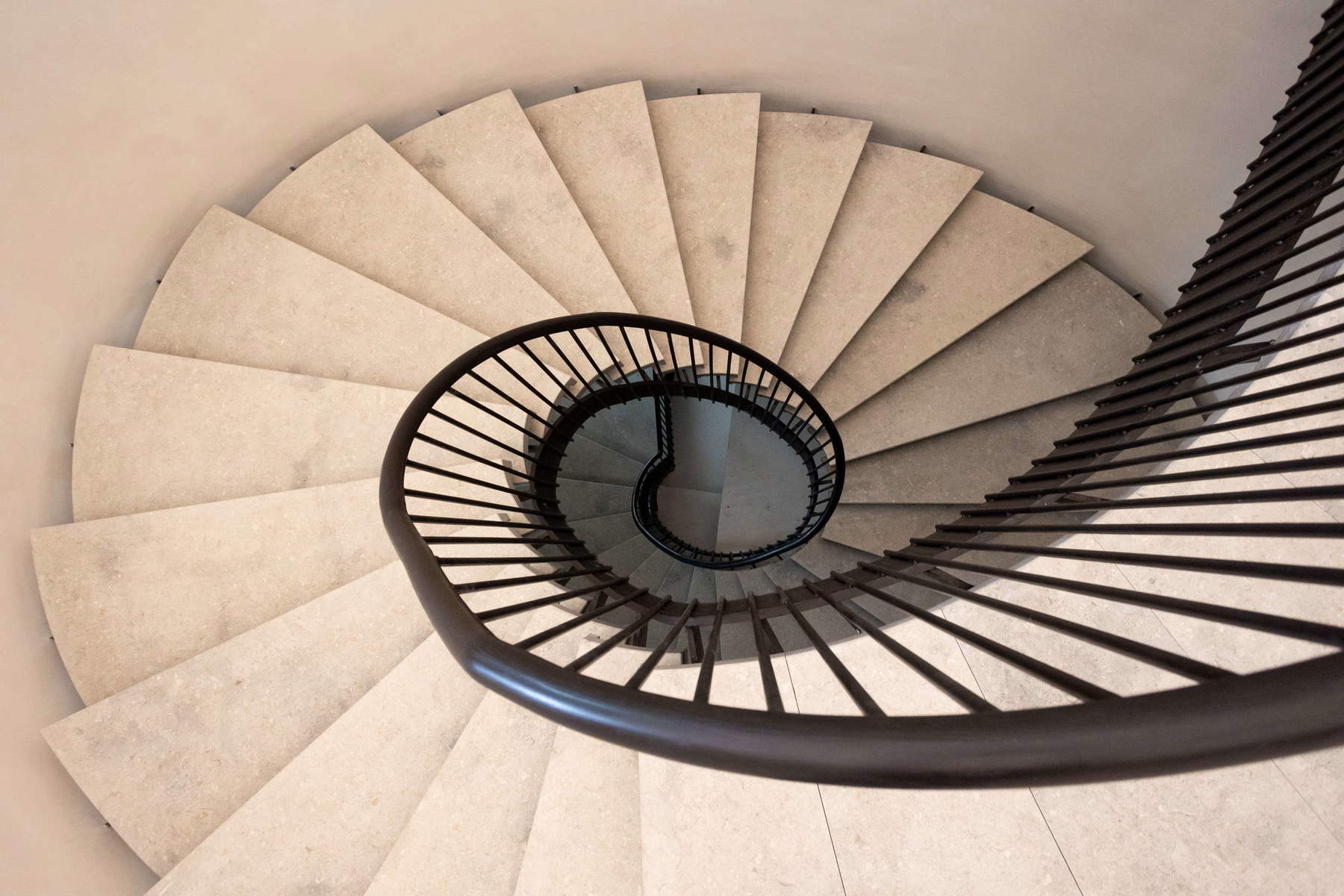
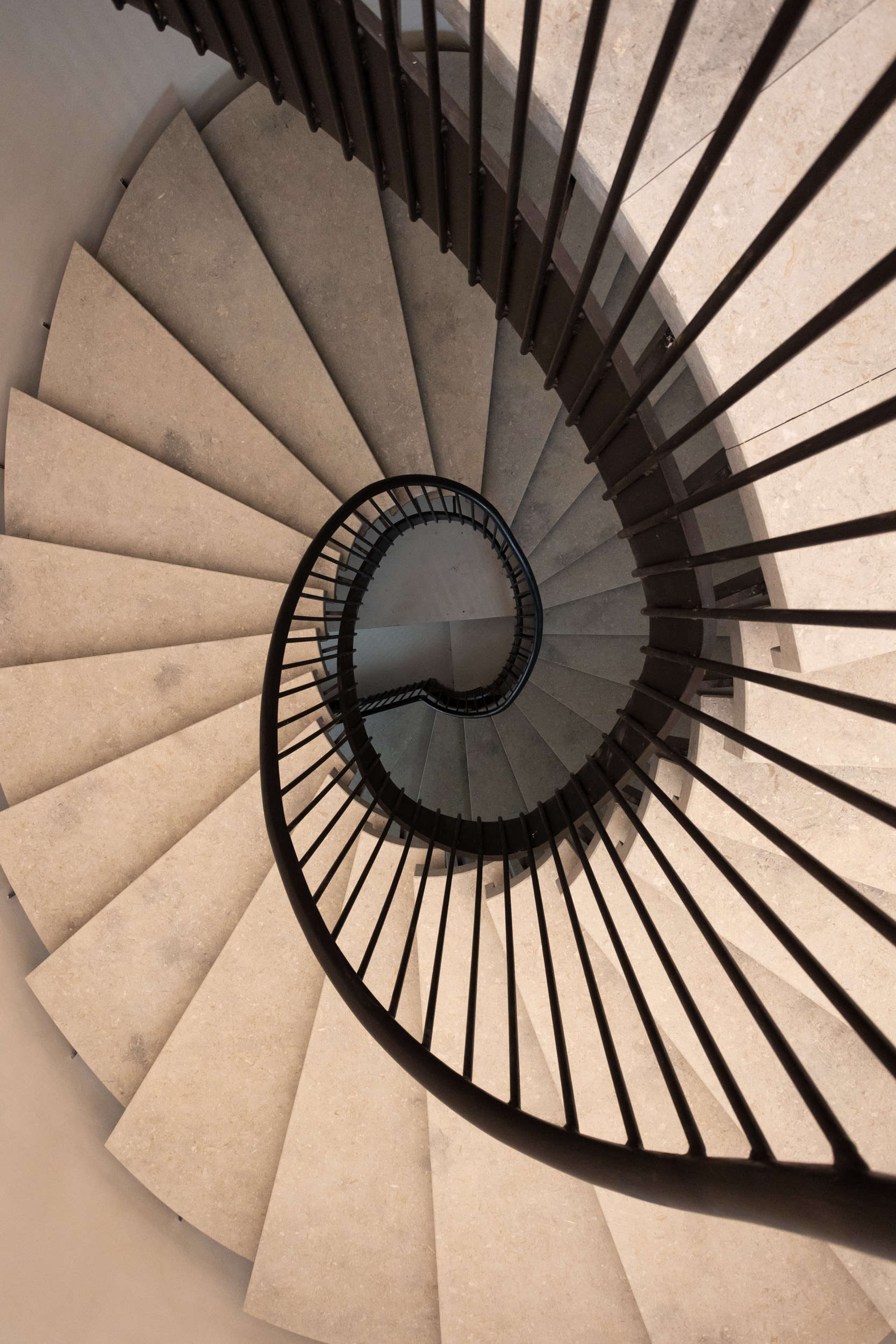
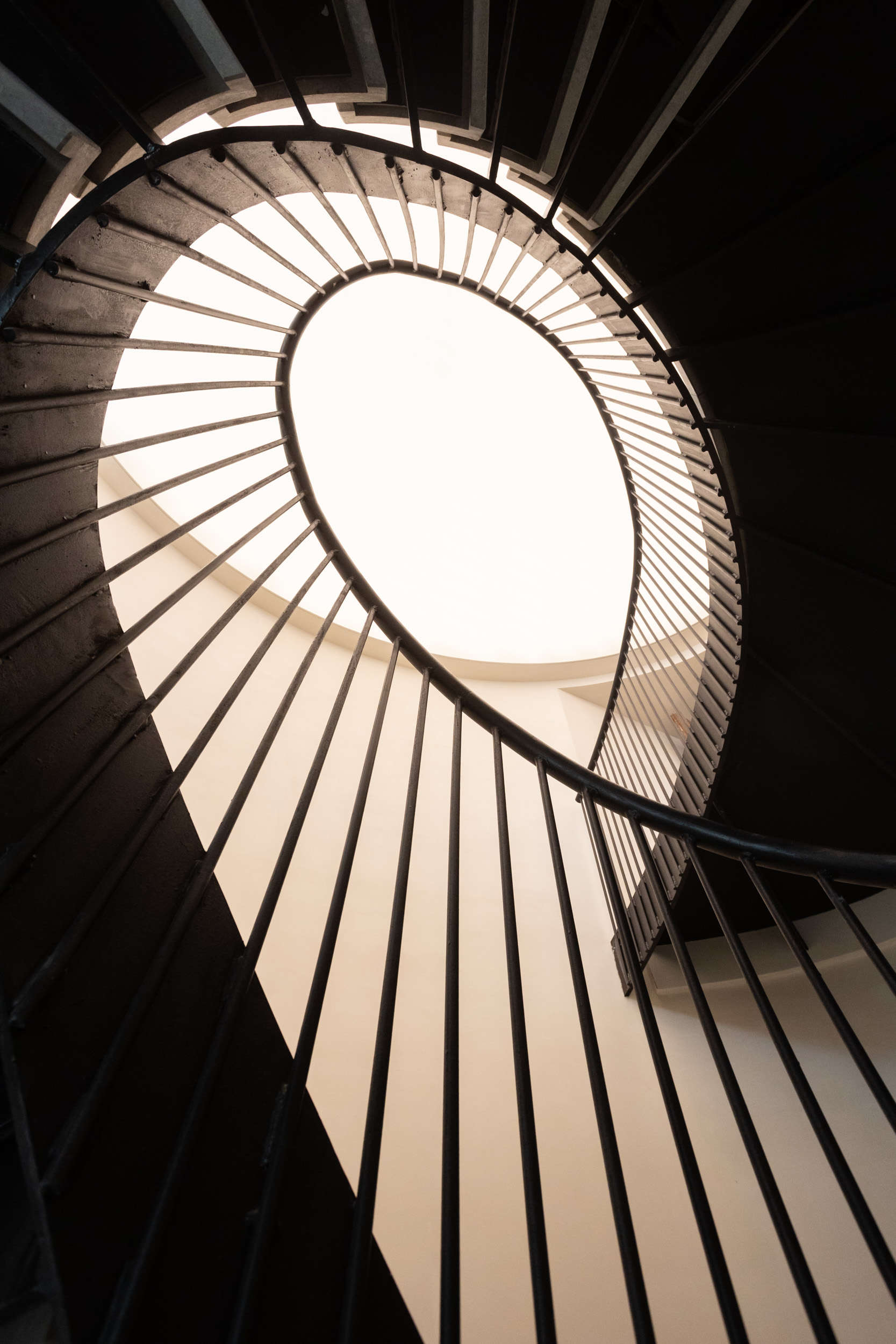
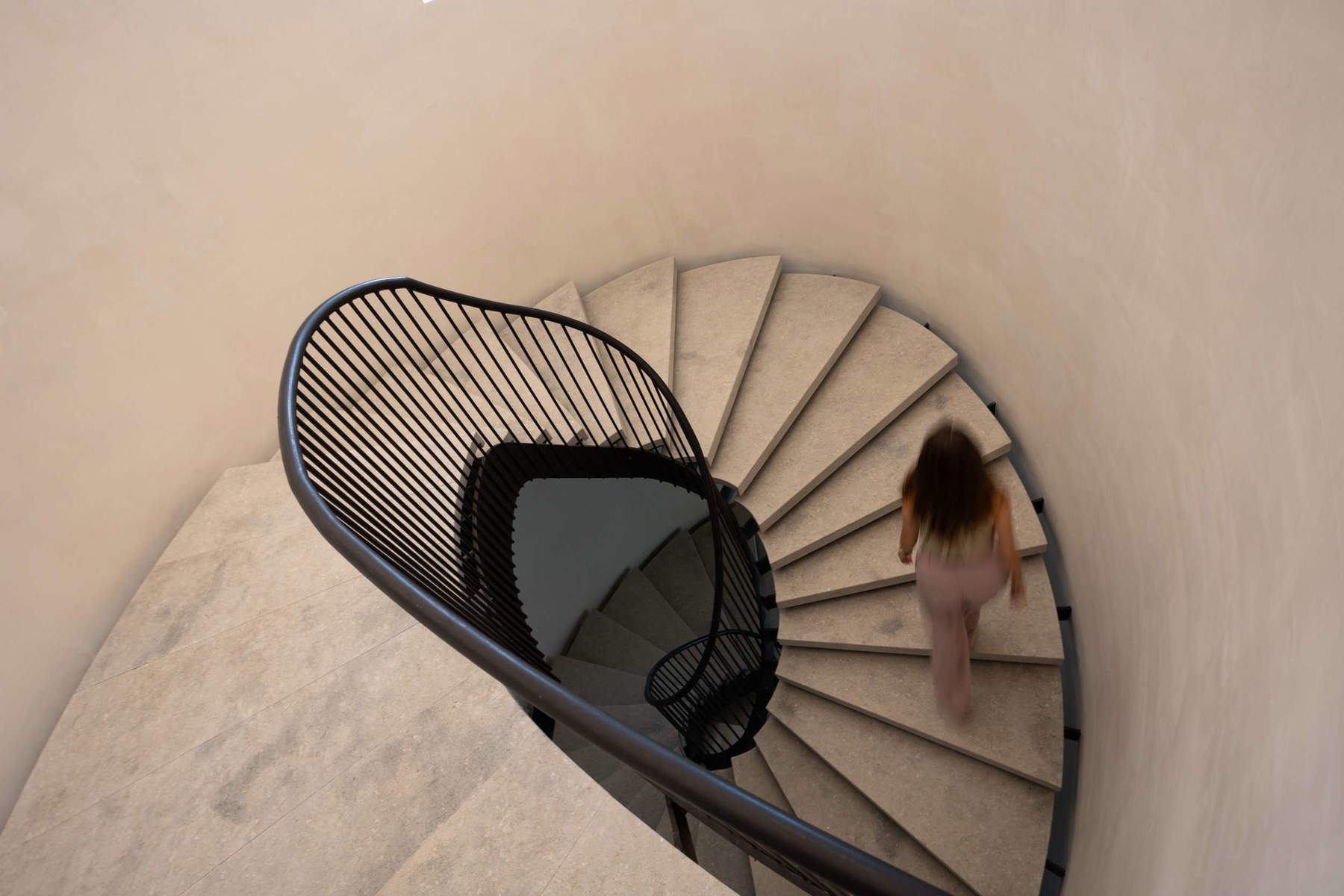
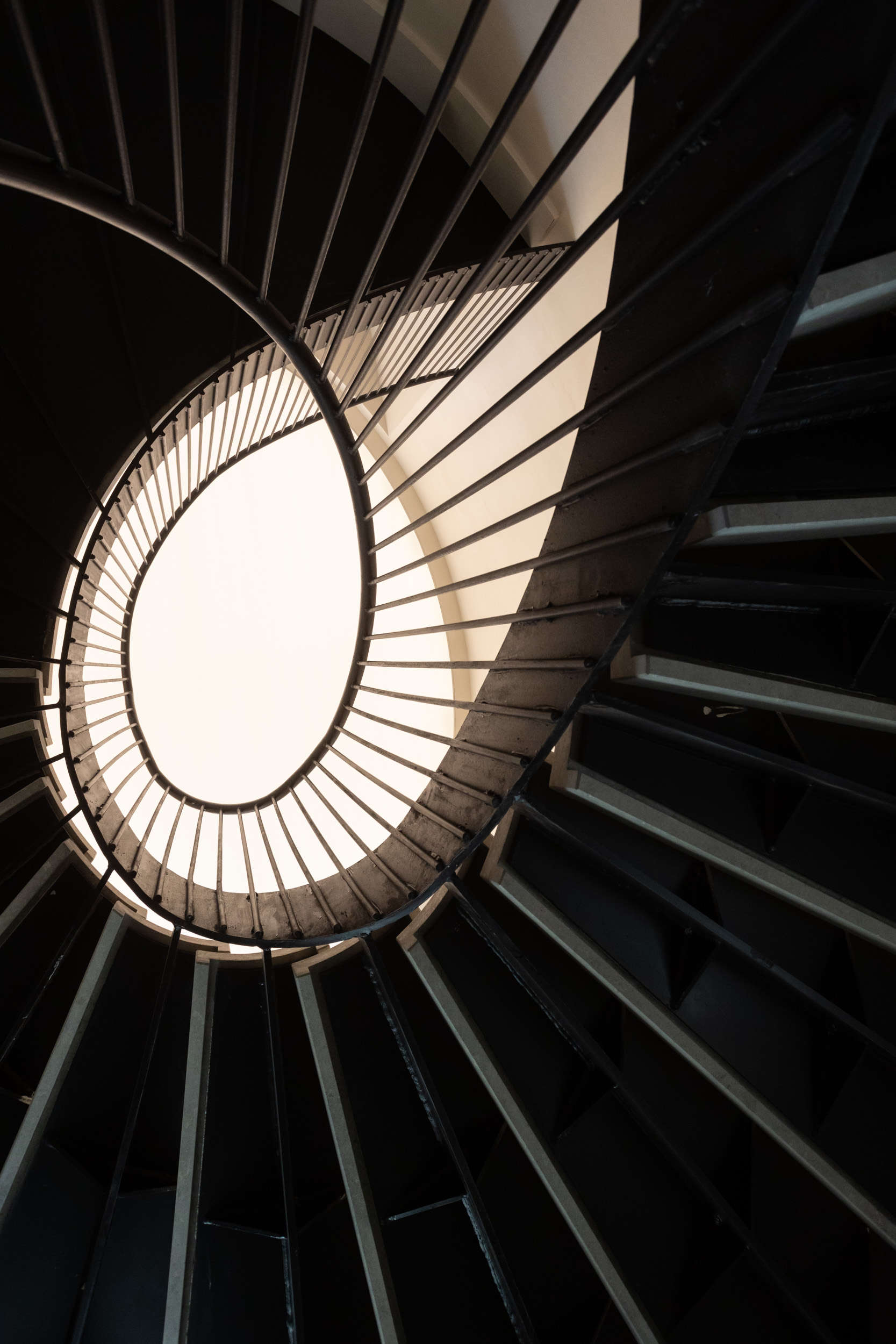
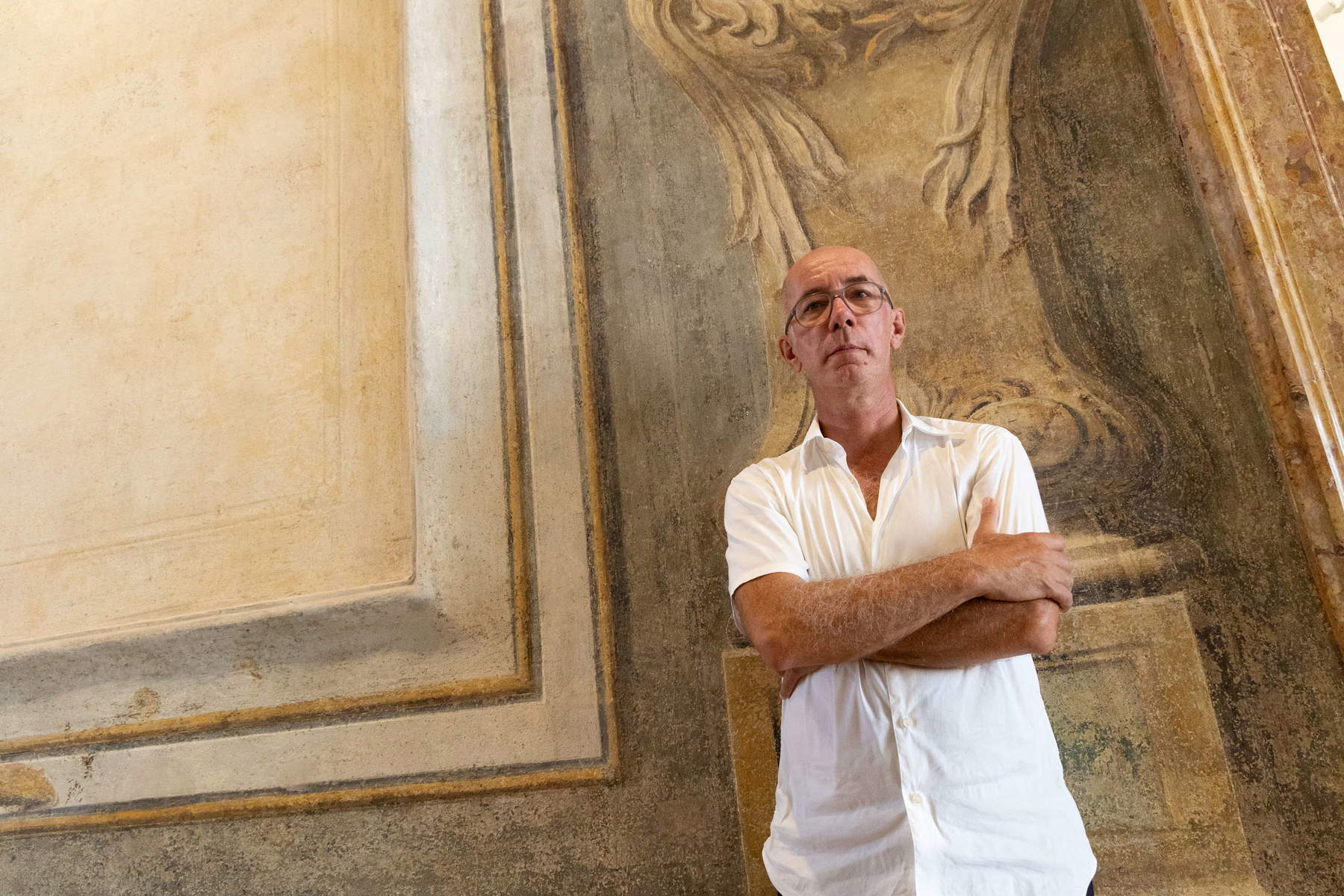
Carsten Höller, who lives and works in Stockholm and Biriwa, has a doctorate in agricultural science and adopts a scientific method in his artistic work, often subverting the basic rules. He conceives art as a cognitive tool, aimed at transforming the sensory and emotional experience of individuals. His works are designed to disorient and provoke the viewer, altering traditional perceptual mechanisms and creating experiences that instill doubt rather than provide certainty.
“Carsten Höller,” said curator Baldo Hauser, “is famous for the slides he has built, but now he tries his hand at building an oval staircase. He must have had the Venetian staircases of the Palazzo Contarini del Bovolo and Palladio in mind, but this one is slanted, as is perhaps the city as a whole, or the human mind: how do we manage verticality, and order in general, when the world we live in is anything but straight?”
Carsten Höller’s staircase opened in conjunction with Art Night in Venice. The Berggruen Arts & Culture Foundation organized a marathon of conversations and performances at Palazzo Diedo for the occasion, led by Hans Ulrich Obrist, one of the most influential international art curators, and Lorenzo Marsili, Director of the Berggruen Institute Venice, as part of the “What is Universalism?” event curated by the Berggruen Institute Europe.
 |
| In Venice, here is Carsten Höller's new permanent work: the oval staircase of Palazzo Diedo |
Warning: the translation into English of the original Italian article was created using automatic tools. We undertake to review all articles, but we do not guarantee the total absence of inaccuracies in the translation due to the program. You can find the original by clicking on the ITA button. If you find any mistake,please contact us.